Rising Vehicle Production
The automotive industry experiences a consistent increase in vehicle production, which directly influences the Automotive Engine Cooling System Market. As manufacturers ramp up production to meet consumer demand, the need for efficient cooling systems becomes paramount. In 2025, the production of passenger vehicles is projected to reach approximately 80 million units, indicating a robust market for cooling systems. This surge in production necessitates advanced cooling technologies to ensure optimal engine performance and longevity. Consequently, manufacturers are investing in innovative cooling solutions, which is likely to drive growth in the Automotive Engine Cooling System Market. Furthermore, the trend towards electric vehicles, which require specialized cooling systems, adds another layer of complexity and opportunity for market expansion.
Stringent Emission Regulations
Governments worldwide are implementing stringent emission regulations to combat environmental issues, which significantly impacts the Automotive Engine Cooling System Market. These regulations compel manufacturers to develop engines that operate more efficiently and produce fewer emissions. As a result, there is a growing demand for advanced cooling systems that can maintain optimal engine temperatures while adhering to these regulations. For instance, the introduction of Euro 7 standards is expected to further tighten emission limits, pushing manufacturers to innovate in cooling technologies. This regulatory landscape not only drives the need for more efficient cooling systems but also encourages the adoption of alternative cooling methods, such as electric and hybrid systems, thereby expanding the Automotive Engine Cooling System Market.
Growth of Electric and Hybrid Vehicles
The automotive landscape is witnessing a significant shift towards electric and hybrid vehicles, which is reshaping the Automotive Engine Cooling System Market. These vehicles require specialized cooling systems to manage battery temperatures and ensure optimal performance. As the adoption of electric vehicles continues to rise, the demand for innovative cooling solutions tailored to these technologies is expected to increase. In 2025, electric vehicle sales are projected to account for approximately 25% of total vehicle sales, indicating a substantial market opportunity for cooling system manufacturers. This transition not only drives the need for advanced cooling technologies but also encourages collaboration between automotive manufacturers and cooling system suppliers, fostering growth in the Automotive Engine Cooling System Market.
Technological Innovations in Cooling Systems
Technological advancements play a crucial role in shaping the Automotive Engine Cooling System Market. Innovations such as variable speed water pumps, electric fans, and advanced thermal management systems are becoming increasingly prevalent. These technologies enhance the efficiency of cooling systems, leading to improved engine performance and fuel economy. In 2025, the market for advanced cooling technologies is expected to grow at a compound annual growth rate of around 5%, reflecting the industry's shift towards more sophisticated solutions. Additionally, the integration of smart technologies, such as IoT-enabled cooling systems, allows for real-time monitoring and optimization, further driving the demand for innovative cooling solutions in the Automotive Engine Cooling System Market.
Consumer Demand for Enhanced Vehicle Performance
Consumer preferences are increasingly leaning towards vehicles that offer superior performance and efficiency, which significantly influences the Automotive Engine Cooling System Market. As consumers become more discerning, they seek vehicles that not only provide comfort but also deliver high performance. This demand drives manufacturers to invest in advanced cooling technologies that enhance engine efficiency and longevity. In 2025, the market for high-performance cooling systems is expected to grow, reflecting the increasing consumer focus on performance-oriented vehicles. Additionally, the rise of motorsports and performance tuning among enthusiasts further propels the demand for specialized cooling solutions, thereby contributing to the expansion of the Automotive Engine Cooling System Market.



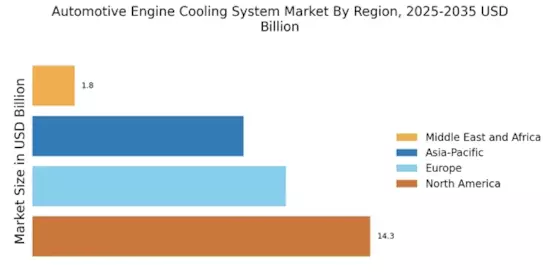
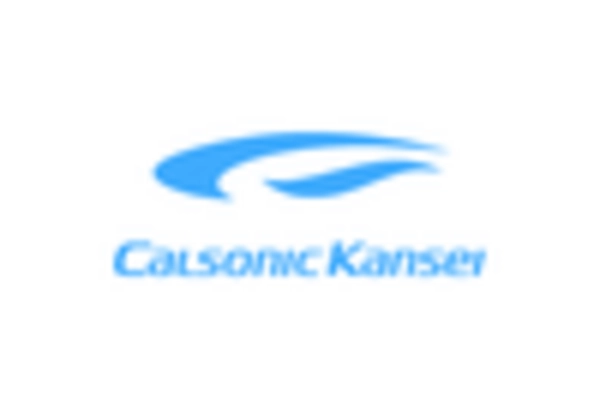

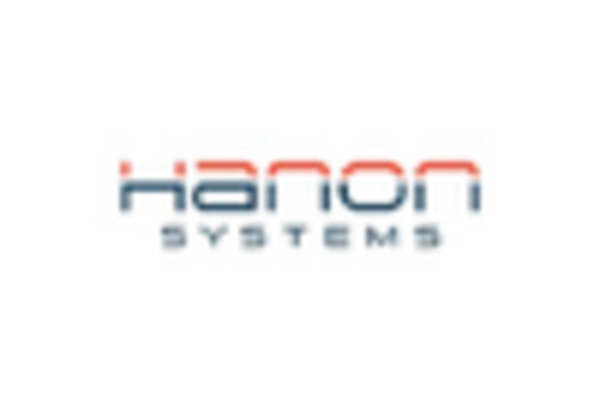
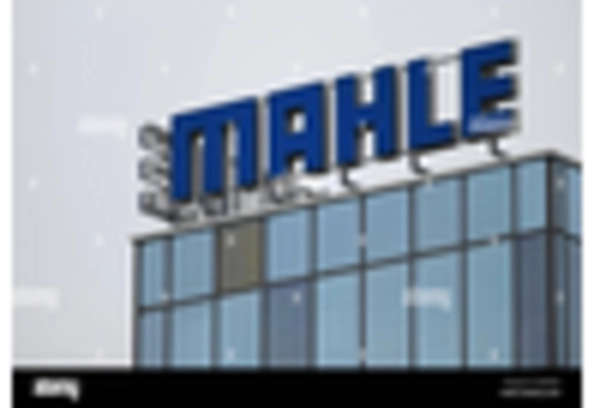
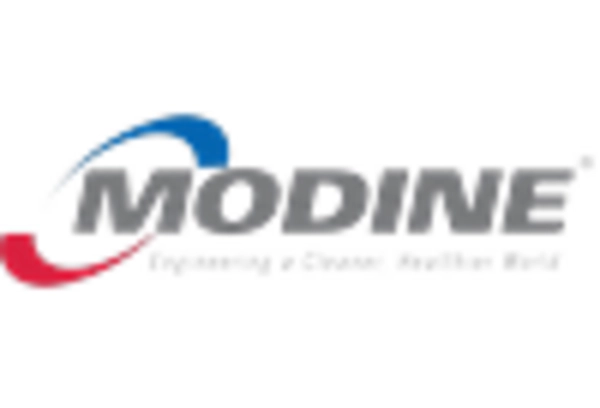
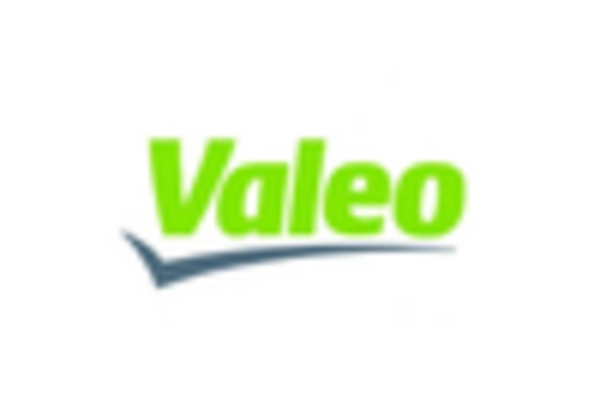








Leave a Comment